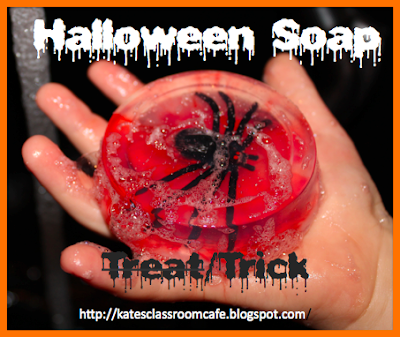
Kids are fascinated by cells. They have tons of questions and often bring to class some misconceptions about cells compared to atoms. Cells make up all living things; making them a highly engaging topic to talk about. Students love to talk about themselves right?
Engage:
Get students thinking about the size of the various parts of the body. You can choose to do this as a whole group, small group or individual activity. All you need is a tall triangle. Have students start to talk about the biggest “chunks” of the body and name them. As students call them out, write them on the board. Then challenge them to get smaller and smaller. The goal is to get them to cells at the end. You may have some students who get even smaller and want to get molecules and atoms on the chart as well. Go for it!
Explore:
I love to give a day for students to just look at cells under a microscope. The kids will beg for more time! Make sure your students have had lessons on how to properly use the microscope and keep it in proper working order. You can teach them the basics using this microscope doodle note page.

Most schools are equipped with light microscopes that need very thin samples. While there are plenty of microscope labs you can do with your students, I love to give students lab time and prepared slides to explore at their own pace and draw what they observe. A little freedom can result in a lot of engagement and scientific questioning! Here are some slides to make ahead for students to observe and record:
- Thin slice of cork
- Wet mount cheek cell
- Wet mount onion skin cell
- Pond Water Sample
( I like to make a bunch of each type for kids to use and observe. )
I use this simple observation sheet to keep students accountable for their time. Despite the lack of structure during this time, I find that students just love it and it really gets them engaged in the future lessons about cells. This gives them context for the rest of their learning about cells.
Explain:
Direct instruction that chunks content into digestible parts can improve understanding. Students benefit from explicit learning experiences and doodle notes provide clear explanations for often complex ideas. This cell theory doodle note page gives a brief history of cell theory and explains the three main parts of cell theory. What are teachers saying?
⭐⭐⭐⭐⭐ These notes and power points are perfect! They express the information perfectly as well as are engaging to the students! My class loves using this creators doodle notes!
— Ashley E.
⭐⭐⭐⭐⭐ I LOVE doodle notes. These allow a teacher to introduce material while the kids doodle and take notes. Very well done and very practical.
— Tracy K.

Visual learning paired with hands-on engagement creates a recipe for understanding. These cell theory doodle notes are the perfect tool for teaching cell theory and getting your students excited about cells!
Thanks for stopping by Captivate Science!
Kate



